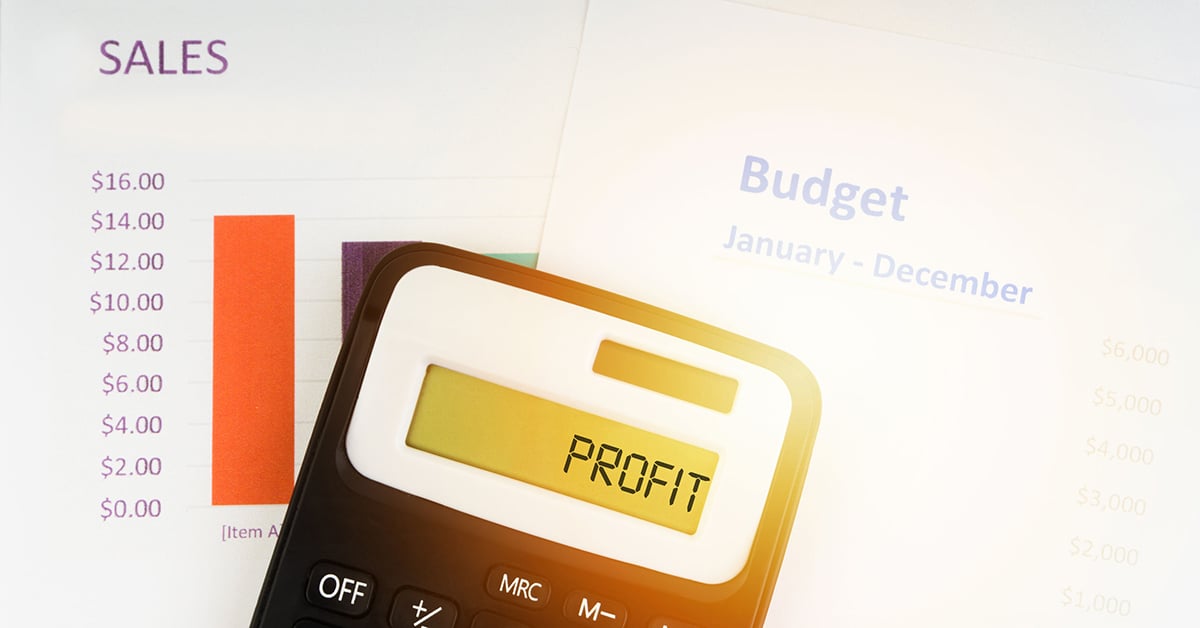“A little extra in this month’s sales contest… First prize is a Cadillac Eldorado. Second prize is a set of steak knives. Third prize is… you’re fired!”
While that provided for some great drama in Alec Baldwin’s iconic monologue in the movie Glengarry Glen Ross, I think you would agree this is not a very effective way to set sales goals and managing performance to forecast.
Sales forecasting is a critical discipline that business owners, sales leaders and CFOs together use to create sales team goals, operating plans, and make informed management decisions. Sales forecasts estimate future sales volumes over a specified period of time, and they are essential to tracking and managing performance.
Despite the natural instinct to out-perform, staying on plan is critical. The sales forecast is the starting point for the operating budget that drives capacity planning, production, direct materials investments, labor investments, capital budgets, and more. Keeping your internal “supply and demand” in balance ensures a healthy growth trajectory with minimum risk to cash flow, short and long-term revenue, profitability, and brand equity.
Five Ways to Align Your Sales Forecasting and Budgeting Processes
1. What is your ideal customer profile?
Using key customer metrics, you should be able to create a definition of your ideal customer based on acquisition and maintenance costs, longevity, growth potential, overall profitability, or other factors. Consider the trends that are occurring in the accounts of your current ideal customers and the potential for finding and closing more customers like them.
2. What products and services will you sell?
Analyze the mix of products and services that these customers are demanding from you and your competitors. Regularly re-evaluate these buying patterns, and the changes that you observe will shape the product-service mix that your forecasts will be based upon.
3. What does your pricing architecture look like?
Pricing plays a critical role in a competitive market and in your profitability. Utilizing a thoughtful pricing architecture will make the pricing process more rational. It will minimize potential emotional influences that often result in unsustainable pricing decisions – and ultimately, you are in business to make money, not just to make sales. A detailed pricing architecture will help you find and forecast a balance between the two.
4. How will these products and services be sold?
There are up to five funnels that must be analyzed when building your sales forecast: 1) New Business; 2) Upsells; 3) Retention; 4) Cross-sells; 5) Renewals. How many funnels do you actually manage today? How many you should manage and forecast?
5. How will you build your budget?
It is important to express your forecast in three realistic scenarios: worst, best, and likely. The next step is to build relevant budgets for each scenario. In a manufacturing environment, for example, you can begin with a production budget based on projected unit sales. The production budget can then be used to plan manufacturing costs including direct materials, direct labor, and overhead.
Why Sales Forecasting and Budgeting Matters for SMBs
An effective sales forecast provides key leadership insights and an operating budget that will drive management decisions throughout the year. Take your time — ‘measure twice, cut once’. Strongly consider utilizing the services of an experienced CFO as a Sherpa to the process. The more that you invest in planning and preparation today, the more business value you will create tomorrow.






